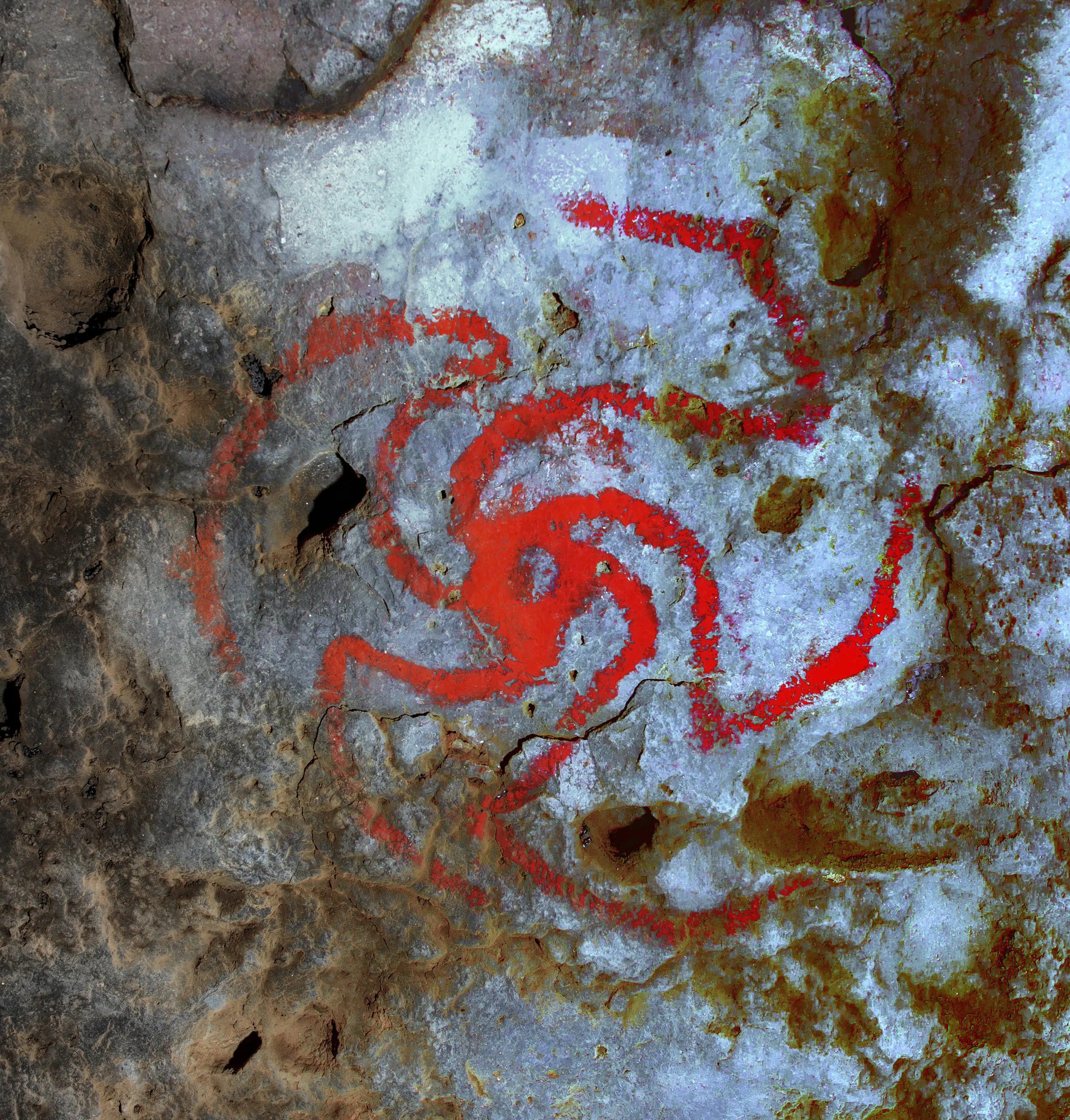The fascinating story behind the discovery of how prehistoric indigenous Americans created rock art associated with taking hallucinogens will be shared at a free, live, online event hosted by the University of Central Lancashire (UCLan).
The event will take place on Wednesday, 17 February. It is aimed at a wide-range of people, from academics to the general public who have an interest in archaeology, and will bring to life the exciting discoveries made by UCLan researchers in California at the painted site now known as Pinwheel Cave. Keen astronomers can also learn how the cave art indicates how in the past some Native Americans understood the sun and the role it played in their culture.
UCLan archaeology lecturer and one of the researchers on the cave art project Dr David Robinson is one of the speakers at the online event, organised by the Centre for Field Archaeology and Forensic Taphonomy.
This is the first of many events that we hope will bring quality research to communities beyond simply the academic sector. The discovery of hallucinogens at Pinwheel Cave made quite a splash around the world and really seemed to fascinate people because it provided unique insight into Native American art.– UCLan archaeology lecturer and one of the researchers on the cave art project Dr David Robinson.
He said: “This is the first of many events that we hope will bring quality research to communities beyond simply the academic sector. The discovery of hallucinogens at Pinwheel Cave made quite a splash around the world and really seemed to fascinate people because it provided unique insight into Native American art.”
“During our presentation, we will show a surprising summer solstice sun effect in the cave which informs us how Native Americans may have linked hallucinogens with the sun.”
The presentation will include participants from the project's international team from France, Greece, the USA with videos and live interviews. Attendees will also hear from members of the Tejon Indian Tribe, whose ancestors made this remarkable art, and hear from the Wind Wolves Preserve who are entrusted with caring for the Pinwheel Cave and other world class archaeological sites.
Dr Robinson added: “We’re also really excited to show everyone our virtual reality immersive platform on the complex and colourful rock paintings of other rock art and how this technology allows Native Californians to reconnect to their scared ancestral places.”
The event, Radiance of the Sun: Astronomy and Hallucinogens from Native California, is free and will be streamed live on YouTube between 6.00pm – 8.00pm on Wednesday, 17 February. Audience members can ask questions throughout the event.
People can book onto it via Eventbrite. For more information email Dr David Robinson.
